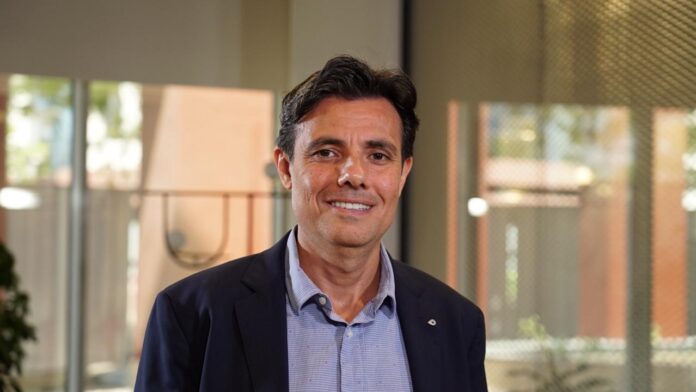Many of us will have experienced this by now, a monotonous automated voice on the other end of the phone helping you with your banking needs like activating your credit card or making a transfer. A few years ago, that robotic voice would have been the cause of much frustration, resulting in you asking to speak to a human attendant. Today, that same robotic voice sounds almost as natural as a human customer representative and wastes no time in understanding your problem and helping you with a solution. Such innovation is one of many that we are seeing across the financial services industry, and they are all being driven by the latest developments in Generative AI technology.
Today, AI has helped usher in a new age of efficiency, personalization, and insight within the financial services industry. AI-driven chatbots have evolved from simple FAQ-answering tools into intelligent virtual assistants that understand customer needs, provide personalized recommendations, and process complex requests seamlessly. Sophisticated AI systems are helping to detect anomalies in payments, flag suspicious transactions in real-time, and supporting financial institutions to mitigate losses and protect their customers from financial threats. Also, the ‘one-size fits all approach’ that banks tended to favor when it came to customer service seems to well and truly be a thing of the past, with AI helping to deliver bespoke levels of service for each and every type of customer. And with banks worldwide expected to spend an additional $31 billion on AI embedded in existing systems by 2025, it is clear that there is more innovation on the horizon.
The majority of this new age innovation will revolve around Generative AI which, despite the technology still being in its infancy as many experts say, has seen an almost meteoric rise to deliver the next frontier in financial services. In fact, 43 percent of global financial services professionals have stated that they are already using it within their organizations. Furthermore, many financial services leaders who are already investing in Generative AI technologies noted that they expect to see their investments grow in the future: 67 percent of global finance executives confirmed budget allocation towards Generative AI technologies. The projected impact of this technology is such that reports have forecast it to deliver between $200 billion to $340 billion in economic impact across the global banking sector.
We are already seeing several leading institutions leverage the potential of Generative AI to not only tackle key challenges facing their organizations but also deliver exceptional experiences for their employees and customers. Emirates NBD, for example, is empowering its IT teams to leverage the advanced capabilities of Github Copilot X to improve their coding proficiency. The bank also deployed ChatGPT and Copilot for Microsoft 365 to support its teams across various departments including Marketing, Legal, Compliance, Risk, and Contact Centers to improve operational efficiency and deliver highly personalized customer experiences. Meanwhile, First Abu Dhabi Bank is driving innovation around generative AI, advanced analytics, and other AI scenarios, through a dedicated Centre of Excellence, which will help bolster operations and deliver enhanced experiences to customers. The bank plans to unlock more value by adopting AI at every function within the organization.
As the Generative AI landscape in the financial services sector continues to mature, Microsoft is well positioned to assist financial institutions of all sizes effectively leverage the latest developments in AI to set new benchmarks of excellence and drive innovation through its highly trusted Azure AI and Azure OpenAI solutions. Just recently, we announced the public preview of Microsoft Copilot for Finance, our newest Copilot offering designed to empower finance teams to spend less time on daily operational tasks and instead play a more strategic role within the business. Copilot for Finance also introduces several features to help finance professionals work more efficiently and effectively such as conducting a variance analysis using natural language prompts, automated data structure comparisons, guided troubleshooting to ensure data accuracy, and transforming raw data in Excel into presentation-ready visuals and reports which can be seamlessly shared through Outlook and Teams.
The potential of Generative AI in the financial services industry is vast. In the years to come, we can expect to see thrilling possibilities such as hyper-personalized insurance policies and financial news summaries tailored to a user’s exact needs, all delivered by a virtual AI assistant that also helps us make decisions that minimizes risk and maximizes value. The age of truly intelligent, data-driven, and bespoke finance has dawned and Generative AI is serving as a powerful catalyst, propelling the industry towards a more efficient, inclusive, and secure future.











